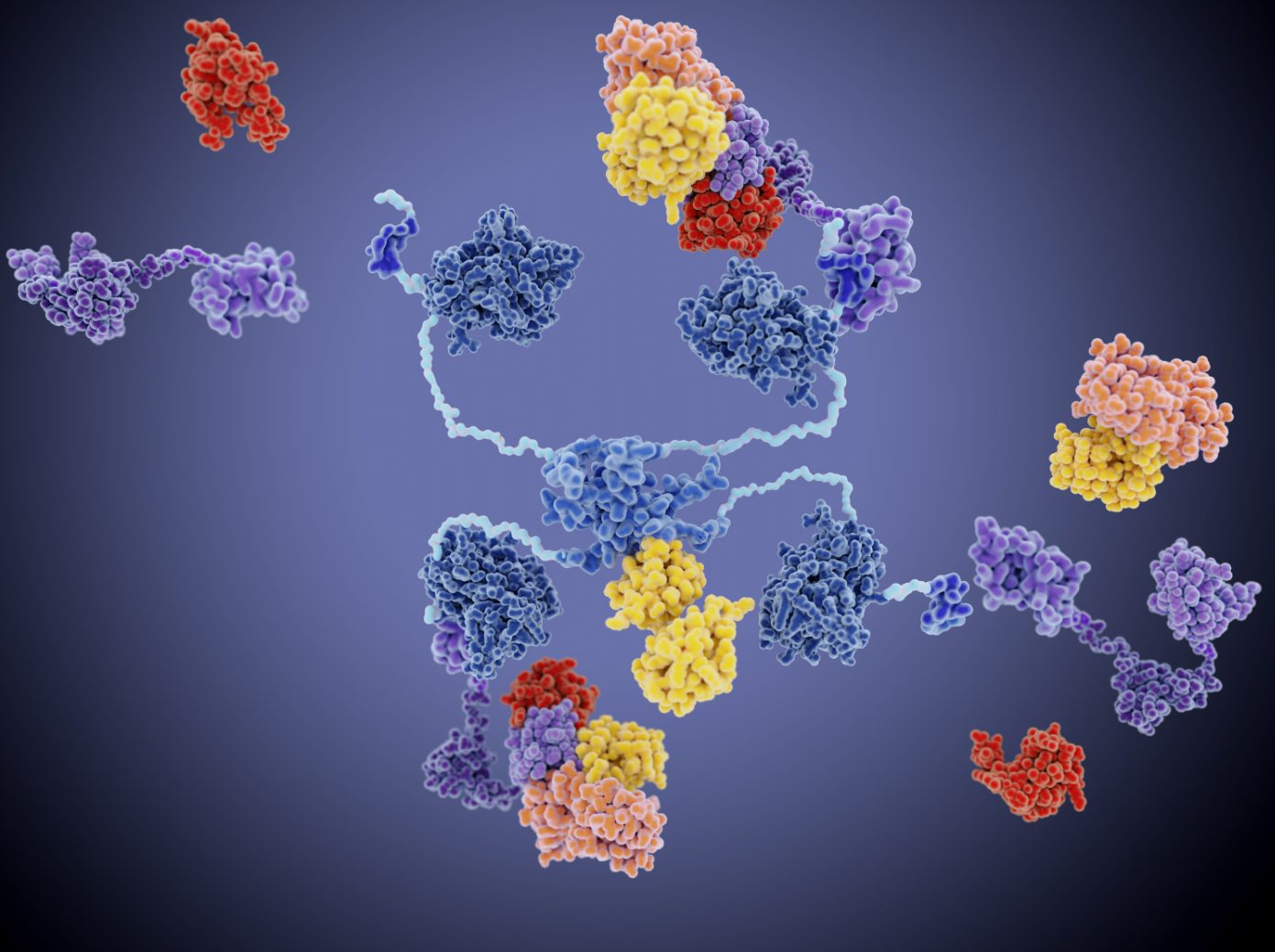 02 Feb 2023
02 Feb 2023

Antimicrobial peptides represent an interesting alternative within animal nutrition and production.
In recent years, consumers have changed their perspectives when purchasing food products, focusing more on food safety (Heneghan, 2015).
Antimicrobial resistance (AMR)
AMR is considered one of the great challenges for the human health system at present. Approximately 700,000 people die each year from uncontrolled infections (World Health Organization, 2019).
AMR has increased in recent years and there are 6 pathogens with high multiresistance and virulence that stand out:
(ESKAPE)
![]() Although the transmission of antibiotic-resistant bacteria between humans and animals is not fully understood, we do know that antibiotic-fed animals have more antibiotic-resistant bacteria than those fed antibiotic free diets.
Although the transmission of antibiotic-resistant bacteria between humans and animals is not fully understood, we do know that antibiotic-fed animals have more antibiotic-resistant bacteria than those fed antibiotic free diets.
Antimicrobial peptides(AMPs)
AMPs are low molecular weight molecules, produced in various types of animal and plant cells, with great biological activity against bacteria, viruses and fungi (Lai and Gallo, 2009).
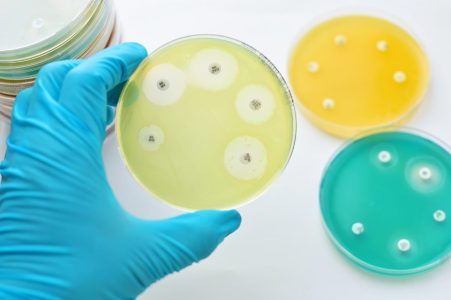
[register]AMPs are part of plants’ innate immune system and a similar form of defense to the innate immunity observed in animals. Protecting plants from pathogens and pests (Gabay, 1994; Boman, 1995; Gallo et al., 2002).
Antimicrobial peptides often share a common feature:
“the presence of cysteine residues with even numbers connected by disulfide bridges, which confers them great stability” (Broekaert et al., 1997).
In addition, their amino acid composition, amphipathicity, helicity, cationicity and size allows them to insert themselves into lipid membranes, causing the death of target microorganisms (Lorenzon et al., 2012; Vicente et al., 2013).

Their main advantage is their capacity to kill multidrug-resistant bacteria. Zhang and Sack (2012) demonstrated that AMPs can inhibit methicillin-resistant bacteria such as Streptococcus aureus and P. aeruginosa, the latter being resistant to conventional antimicrobials, and the cause of serious hospital infections.
Instead of presenting direct attacks towards microorganisms, AMPs can offer protection through different mechanisms, such as: attacking plasma membranes, maintaining normal gut homeostasis, or modulating host inflammatory responses (Wang et al., 2015; Cespedes et al., 2012).
Current studies are still insufficient to completely understand existing support synergies between conventional antibiotics and AMPs. However, some insights could be gained through the joint assessment of different AMPs. (Magana et al. , 2020).
Use of antimicrobial peptides in animal nutrition
Antimicrobial abuse over the past 50 years has caused significant problems, such as: the emergence of antibiotic-resistant bacteria and the presence of drug residues in meat products(Bacanli and Basaran, 2019).
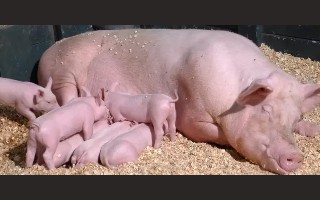
Pigs
Post-weaning diarrhea is a serious problem in the pig industry, as it causes increased mortality rates and reduced growth yields.
According to the U.S. Department of Agriculture (USDA, 2018), 95.5% of U.S. pig farms include subtherapeutic concentrations of antibiotics in the diets of young pigs. Despite this practice, farmers still reported a high incidence of diarrhea. This is not surprising, considering the fact that a broad antibiotic resistance spectrum has been seen among ETEC strains (Lanz et al., 2003; Maynard et al., 2004).
A potential alternative to conventional antibiotics is that of colicins. These are a group of bactericidal peptides produced by strains of Escherichia coli.
![]() In vitro studies have shown that colicins are effective against ETEC strains found in pigs(Cutler et al., 2007) as well as against a wide variety of E. coli strains (Lanz et al., 2003).
In vitro studies have shown that colicins are effective against ETEC strains found in pigs(Cutler et al., 2007) as well as against a wide variety of E. coli strains (Lanz et al., 2003).
![]() Colicins are not related to antibiotics used in human medicine, and they do not leave residues in animal tissues(Cutler et al., 2007)
Colicins are not related to antibiotics used in human medicine, and they do not leave residues in animal tissues(Cutler et al., 2007)
Other types of AMPs which have been used before are: synthetic AMP A3 and P5.
![]()
Yoon et al. (2012a) evaluated different increasing levels of AMP A3 as an alternative to conventional antibiotics. These inclusion levels were: 0, 60 and 90 mg/kg diet,
The study evaluated:
A linear improvement in final body weight and average daily gain was observe. Meanwhile, there were no significant changes on average daily feed intake and feed efficiency.

Therefore, the results show that AMP A3 represents a potential molecule to replace antibiotic growth promoters in pigs.
In another study, Yoon et al. (2014) tested AMP A3 and P5 with a negative control (no antibiotic) and a positive control (a conventional antibiotic).
They found that both AMPs have the potential to:
Cecropin, a AMP isolated from the silkworm Hyalophora cecropia, has also been tested in pigs. Wu et al. (2012) evaluated cecropin AD and a conventional antibiotic in E. coli-challenged pigs.
 The obtained results, showed that animals fed with a diet containing cecropin AD, presented improved performance and lower incidence of diarrhoea. A similar effect, to what is observed under regular antimicrobial treatments.
The obtained results, showed that animals fed with a diet containing cecropin AD, presented improved performance and lower incidence of diarrhoea. A similar effect, to what is observed under regular antimicrobial treatments.
| As previously shown, there already are some proven strategies that support the potential replacement of AGPs with AMPs. However, further studies are still needed to identify AMPs’ precise in vivo mechanism of action. Enabling their safe utilization within animal nutrition. |
[/register]
Continue reading: “Effects of fiber and lignocellulose inclusion in piglet diets.”
Subscribe now to the technical magazine of animal nutrition
AUTHORS

Hybrid Rye Potential in Laying Hen Feed Rations
Gwendolyn Jones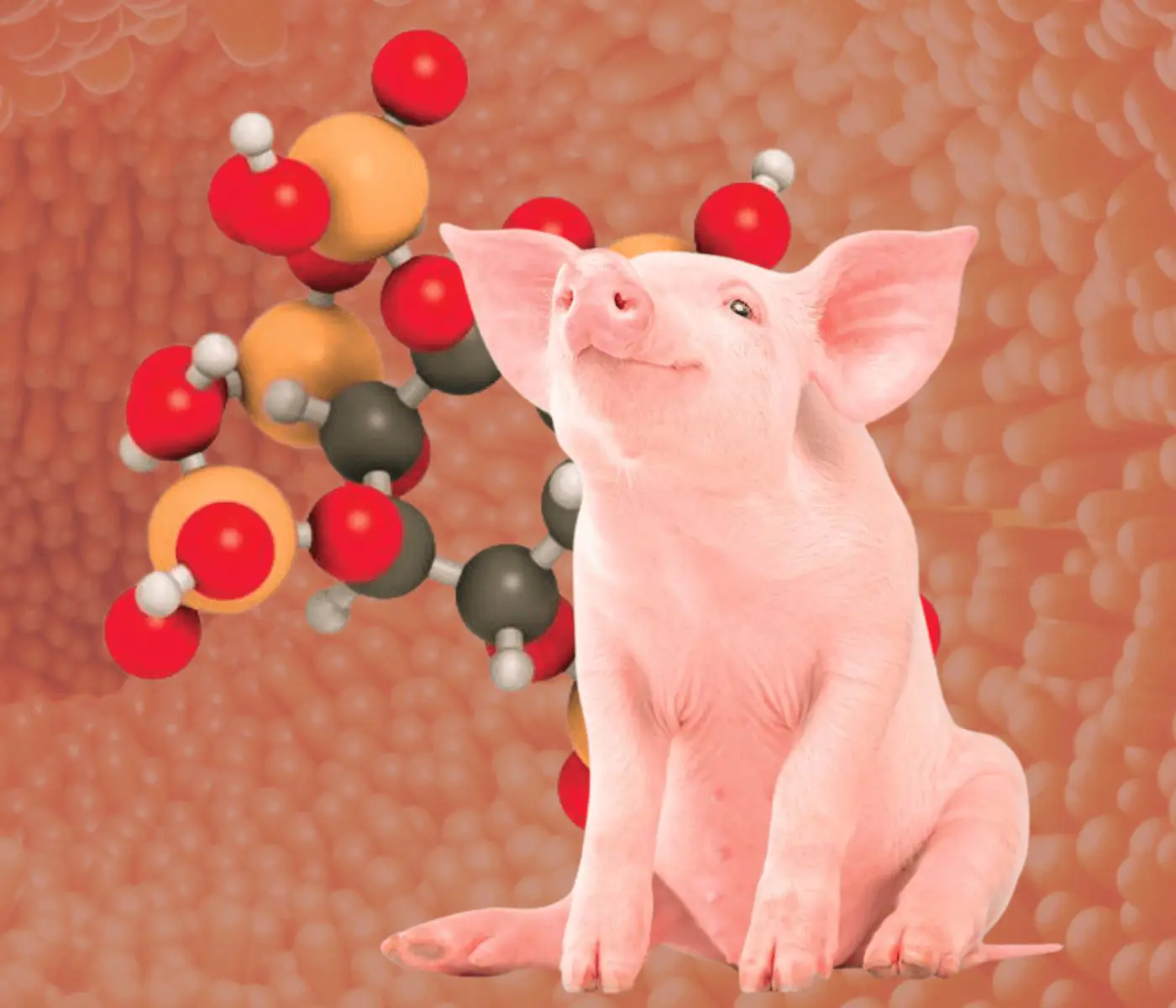
A day in the life of phosphorus in pigs: Part I
Rafael Duran Giménez-Rico
Use of enzymes in diets for ruminants
Braulio de la Calle Campos
Minerals and Hoof Health in the Pregnant Sow
Juan Gabriel Espino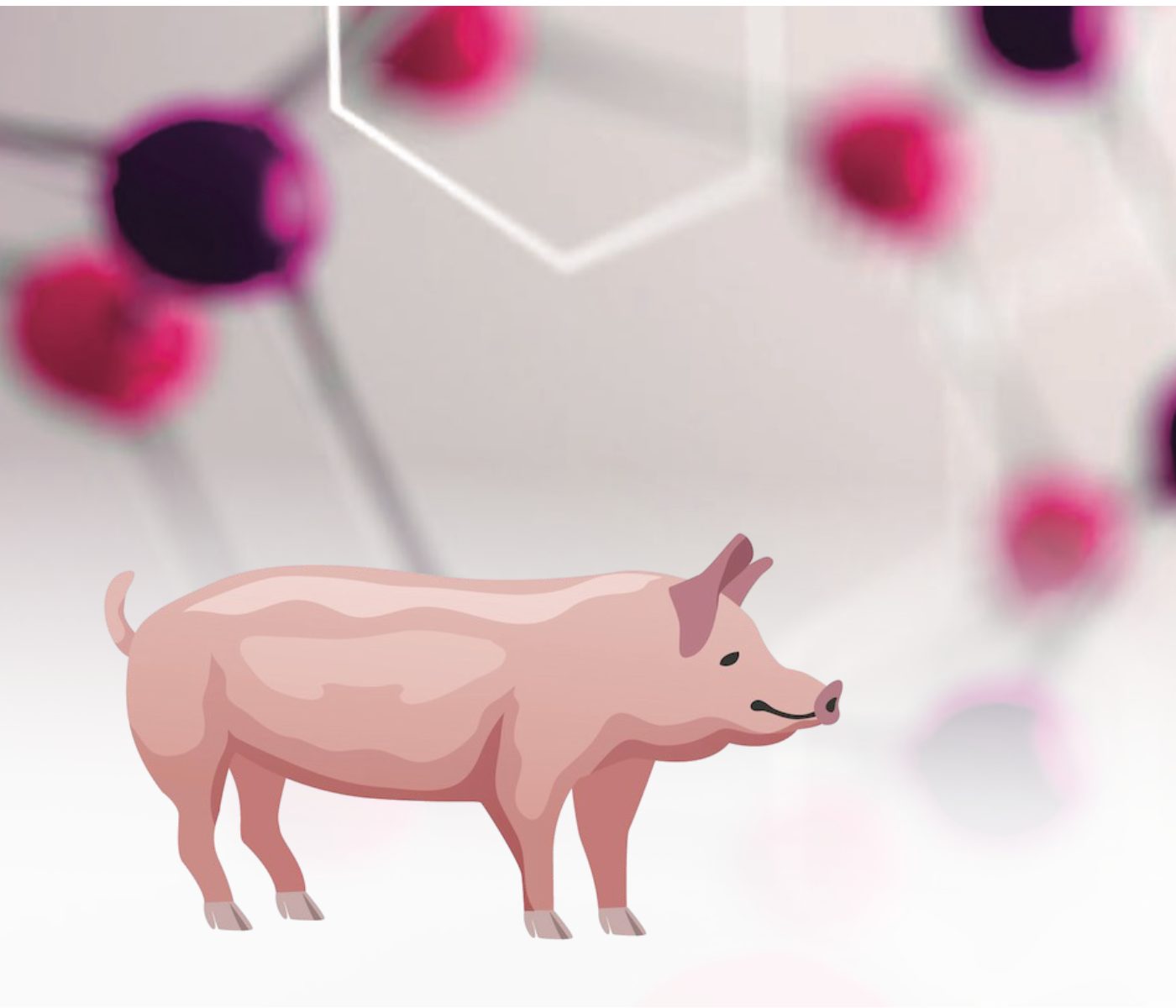
Impact of Oxidized Fats on Swine Reproduction and Offspring
Maria Alejandra Perez Alvarado